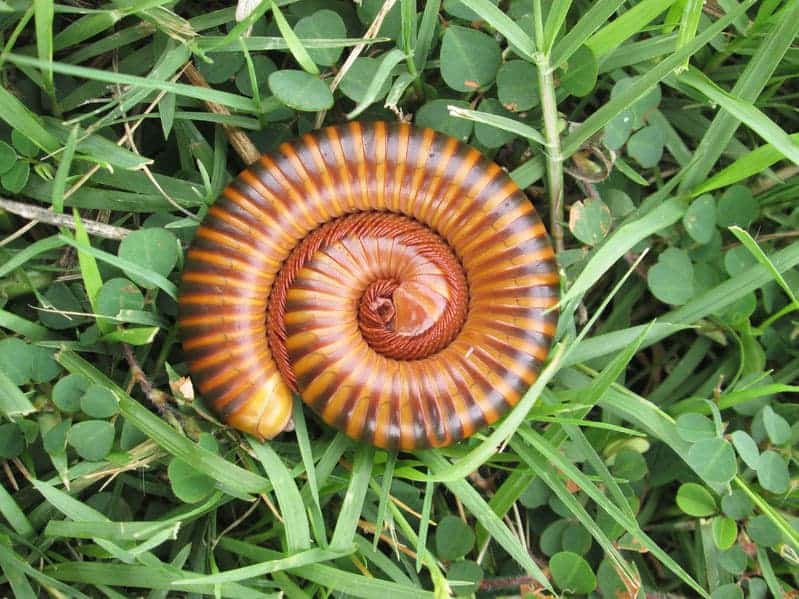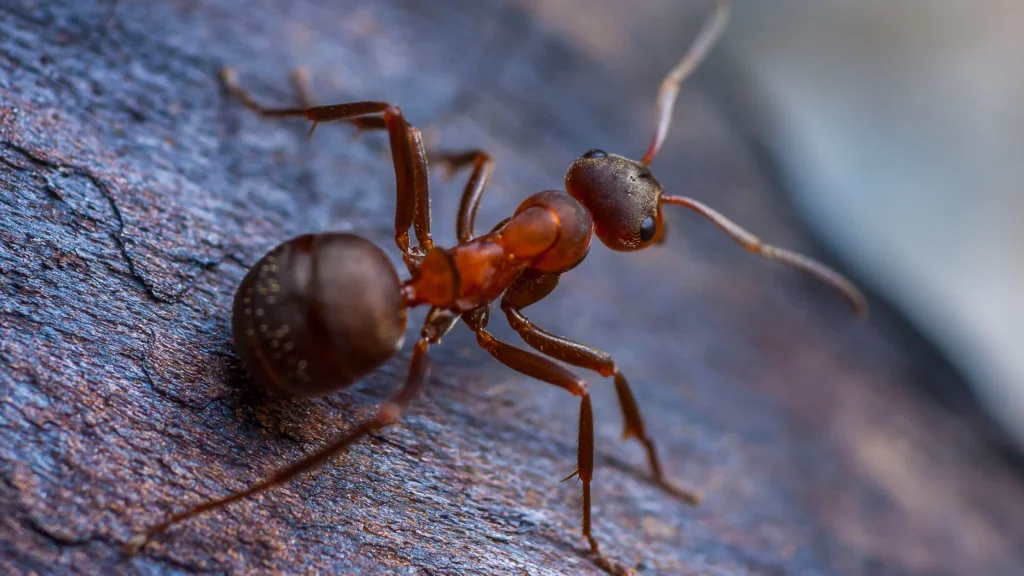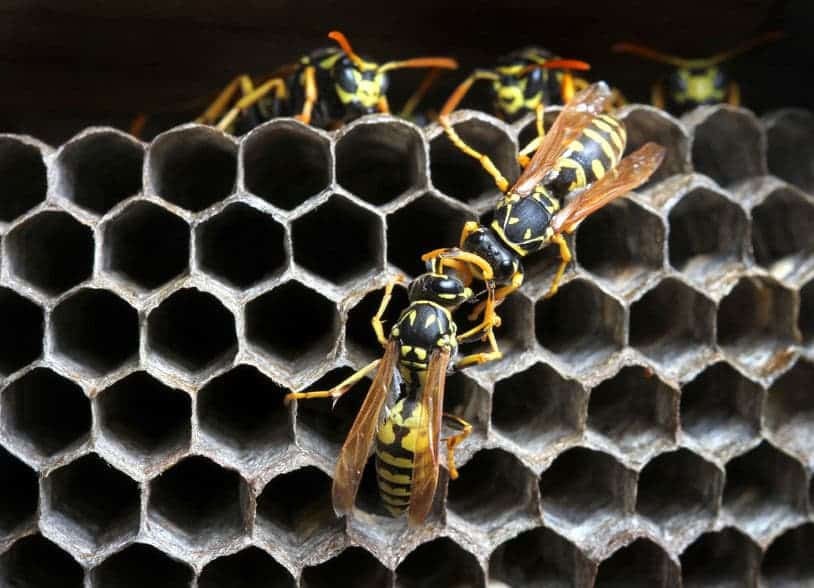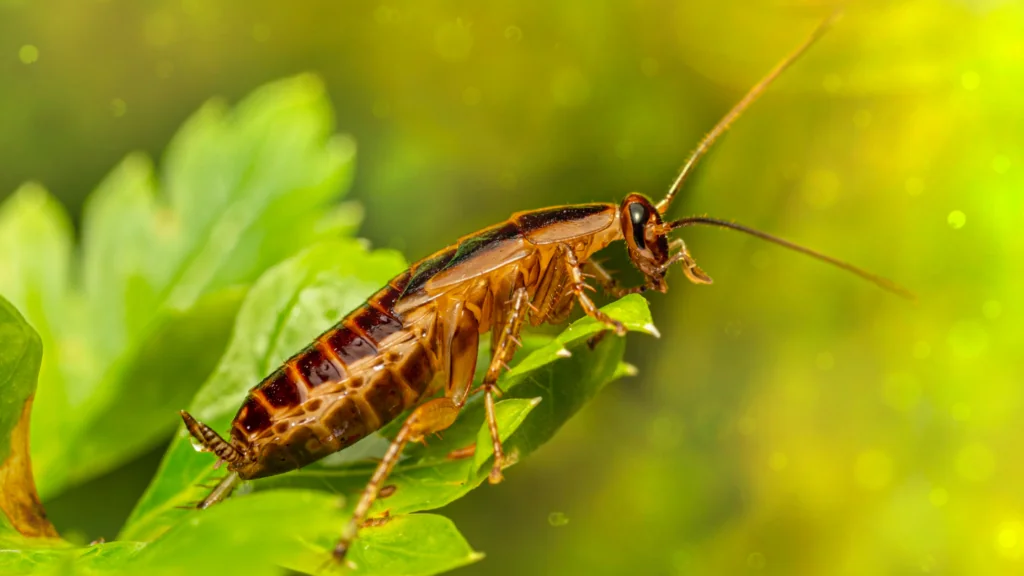Are you starting to notice a wormlike creature with a lot of legs crawling in or around your home? You may be seeing millipedes, a common pest that likes to take cover in damp, dark places. When outdoor conditions are unusually dry or wet, millipedes can inch their way indoors. Here’s what you need to know about millipede control.
What are millipedes?
These centipede cousins are arthropods, a group that also includes spiders, ticks, scorpions and mites, and even some of our favorite seafoods, such as lobsters, shrimp and crabs. They’re cold-blooded invertebrates with segmented bodies, and have up to 400 legs. When touched, millipedes will curl into a tight coil.
Millipedes are not dangerous, but they are unsightly and don’t belong inside your home.
Prevention tips
Since millipedes seek damp, dark places, you’ll find them outdoors under boards or stones, beneath structures such as sheds and dog houses, and in plant debris. They feed on decaying organic matter, but may also eat seedlings and small roots. Knowing their habits, you can take several measures to control millipedes in your yard and home:
- Get rid of food sources: If you maintain a vegetable garden, have fruit trees or grow flowers from bulbs, don’t leave overly ripe fruit or vegetables on the ground and be sure to remove degrading bulbs. Clear away leaf and grass buildup in your yard and flowerbeds.
- Eliminate pathways into your home: Seal up or caulk cracks in the exterior walls of your foundation. Check weather stripping around doors and windows, too. Maintaining a border around your home with no vegetation next to the foundation makes your home less hospitable to millipedes.
- Look for their hiding places: In addition to decaying vegetation and leaf litter outside, you may find millipedes indoors where clutter has accumulated. Check under bags and boxes, and remove them if millipedes are present.
- Reduce indoor humidity: The air inside most homes is too dry for millipedes to survive for long, but in Florida, it can be a challenge to maintain low humidity. Consider using dehumidifiers in damp areas of your house to help keep rooms dry.
What to do when you have a millipede infestation.
If you’re being overrun by millipedes indoors, you can remove them from floors and walls by vacuuming. And, if your efforts to control them outdoors haven’t sufficiently reduced their numbers, you can call the professionals at Turner Pest Control for help.
Our Jacksonville pest control residential programs include millipede control, and we have a range of affordable plans based on the size of your home. Get a free estimate for our interior and exterior pest control services by completing the form at right, or make an appointment today.




